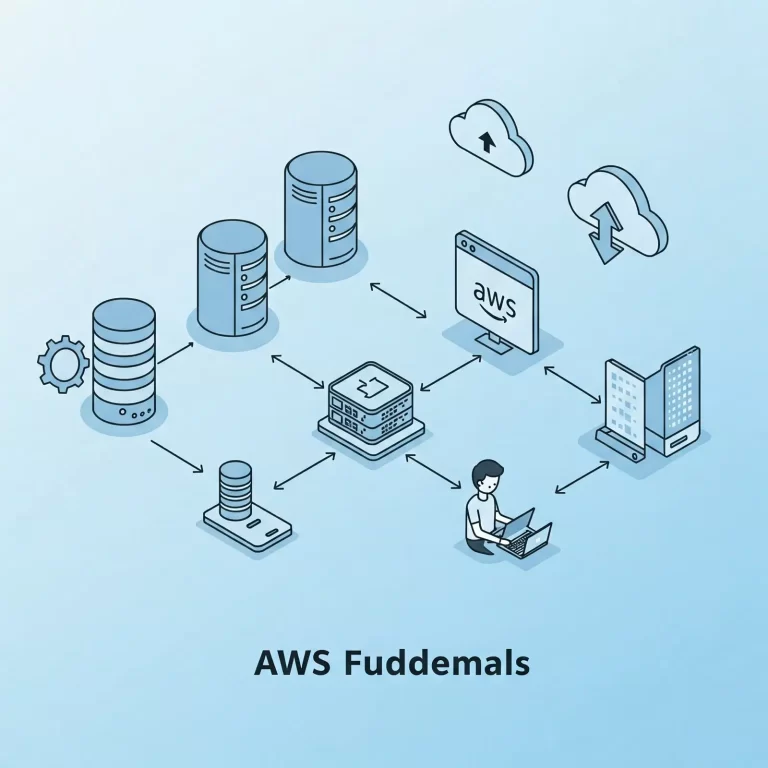
In this article, Junja Holdings Limited reviews current challenges that communication platforms might have faced. The article will also cover how VR/AR technologies help combat these limitations and open new opportunities for users via virtual reality implementation.
Recently, VR and AR entered the digital landscape and took over the space with their immersive technologies. These transform how we interact online, observe the digital world, and engage with the content. While these are two common technologies, they expand broadly to offer solutions for different target audience pools.
Augmented reality only enhances the accurate perception of the world by overlaying the digital image via the transmissive tools. On the other hand, virtual reality can immerse its users into a whole new reality with true-like experiences. With the investments poured into developing these technologies, they could be an actual accelerator for how we consume digital content through communication platforms.
Communication Platforms and Their Current Landscape
Communication platforms are a widespread tool for online interaction. You must have already interacted with various communication platforms. For example, you might have used video conferencing, messengers, or even social media platforms. Let’s break down the phenomenon into the list of most common examples.
- Video Conferencing Services. If you work online or part of your job is done remotely, you have already acquainted yourself with these communication platforms. These include Zoom, Teams, and Google Meet tools that streamline communication on the Internet.
- Social Media platforms. Each form of digital communication can be categorized, and social media, in this case, is a vital part of the list. It allows for precise, quick, and simple interaction online.
- Collaboration tools. Communication platforms help with regular interaction and tracking their tasks and success for businesses. Examples of collaboration tools are Trello, Azure DevOps, Asana, and others.
- Messaging Apps. Applications for exchanging messages also count as viable communication platforms. They provide for simple information exchange with no or little resources engaged.
The list wouldn’t be complete without various virtual event platforms, online meeting rooms, digital gaming worlds, and customer service platforms. These create the backbone of what we call communication platforms.
Even though these tools have come a long way in introducing the best online solution to the masses, they still need more functionality. Many of them have certain restrictions at their core, enabling less diverse user engagement. This is the moment when VR/AR enters the game.
How VR/AR Take Communication Platforms to a New Level
Virtual and augmented reality introduce completely new ways of online communication. They upgrade users’ experience and help seek more efficient solutions to the old issues. Let’s find out how the latest technologies help streamline private or business digital experiences today.
Better User Acquisition
With VR/AR technologies, users get involved more quickly in the service functionality. It helps engage a new guest with the immersive features the platform can offer. Do you remember changing the background during a virtual meeting or linking cross-team calls to achieve better results? These are some of the simplest examples of how AR/VR can enhance user acquisition and engagement.
Enhanced Visuals
What makes VR/AR a true treasure is its ability to sync real-time data, introduce 3D visualization, and help optimize information for the end user’s benefit. Businesses can introduce completely new approaches to their workflow with various visual features. Real-time data, for example, provides clear statistics and analysis. 3D visualizations enable spatial understanding and clarify the overall context of the situation.
Collaboration Opportunisites
Over the last couple of years, the world has concluded that adaptability and process optimization are the core work principles. If your company can’t keep up with the changes and adjust to the pace, it’s doomed to stay an outsider in the game. Remote work opportunities are critical these days, and VR/AR makes communication online possible.
Various online meetings ensure coherent communication within the teams. Online conferences enable employees to interact on time without critical delays in task delivery. With real-life interactions, it’s now easier for many industries to enliven the ideas and make them a reality more efficiently.
Challenges of Integrating VR/AR in Communication Platforms
The use of VR/AR has so many benefits. But are there any inconveniences in using these relatively new yet already bustling and promising technologies? Due to its short time on the market, the augment or virtual reality technology has been criticized for certain issues. Let’s break them down:
- Firstly, implementing these technologies requires great understanding, a knowledge base, and maintenance systems. Now, not only hardware requirements must be complied with, but the software infrastructure must also be appropriately managed. Businesses must keep track of innovations and ensure they can be introduced to existing systems.
- The second concern is the learning curve users will need to overcome. AR/VR benefits are available only to those ready to study and learn the new functionality. Being rather a complex technology, VR/AR sometimes requires more effort from a user.
- Let’s close this list with the data protection issues. How do you comply with the data policies within the highly exposed environment? Ensuring that every party consents to having their data used for different purposes is critical. Otherwise, it will be a harmful experience that brings neither benefit nor value to the business.
Businesses can win users, time, and money by following the right approach when integrating AR/VR into communication platforms. However, it all comes only after overcoming the challenges or effectively addressing the issues.
Conclusion
How do you keep up in the world of emerging technologies? By implementing VR/AR technologies in the business processes, your company can outstand its competitors and win the market, audience, and profit. So, make sure you follow Junja Holdings Limited’s approach and make the most of the use of communication platforms today.
FAQ
What Is Junja Holdings Limited?
Junja Holdings Limited has been on the market for more than four years. It has introduced one of the smartest solutions in communication platforms. Its digital products and services help businesses grow, attract customers, and enhance their operations.
Is Junja Holdings Limited Legit?
Junja Holdings Limited is a legitimate company with a real address, name, and registration. This company has proved to be a leading product development firm with valuable digital products. They have customers across different countries who use their services to the fullest.
What Is the Example of a Communication Platform?
There are tons of examples of communication platforms. The most common are social media platforms, messaging applications, virtual meeting tools, gaming worlds, collaboration services, and more.
What Benefits Does VR/AR Implementation Bring to the Businesses?
By using extensive VR/AR protocols, companies can build a more efficient working space. These tools provide for better remote job opportunities, enhanced teamwork facilities, and help streamline the core processes within the teams.
Write and Win: Participate in Creative writing Contest & International Essay Contest and win fabulous prizes.


